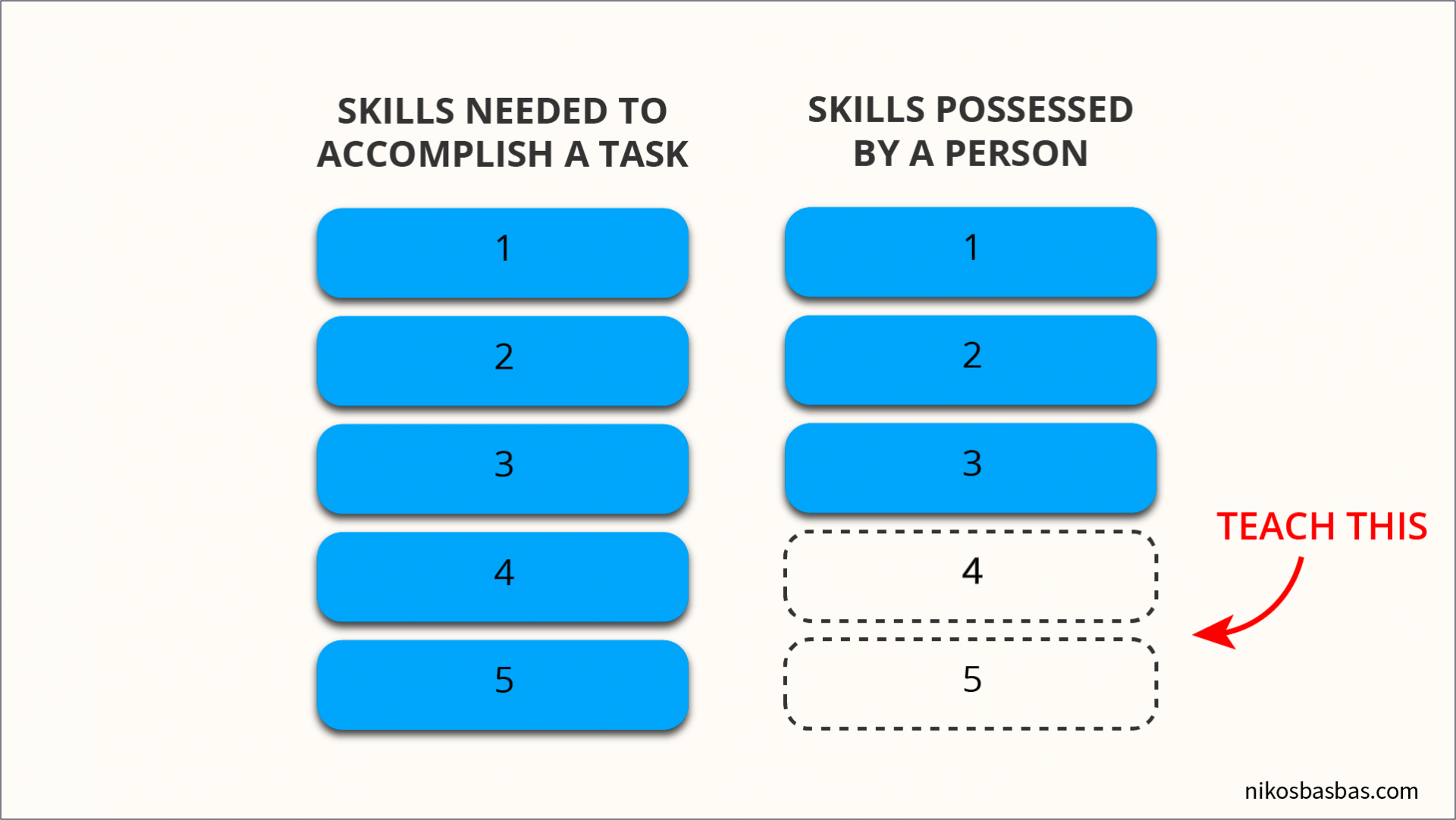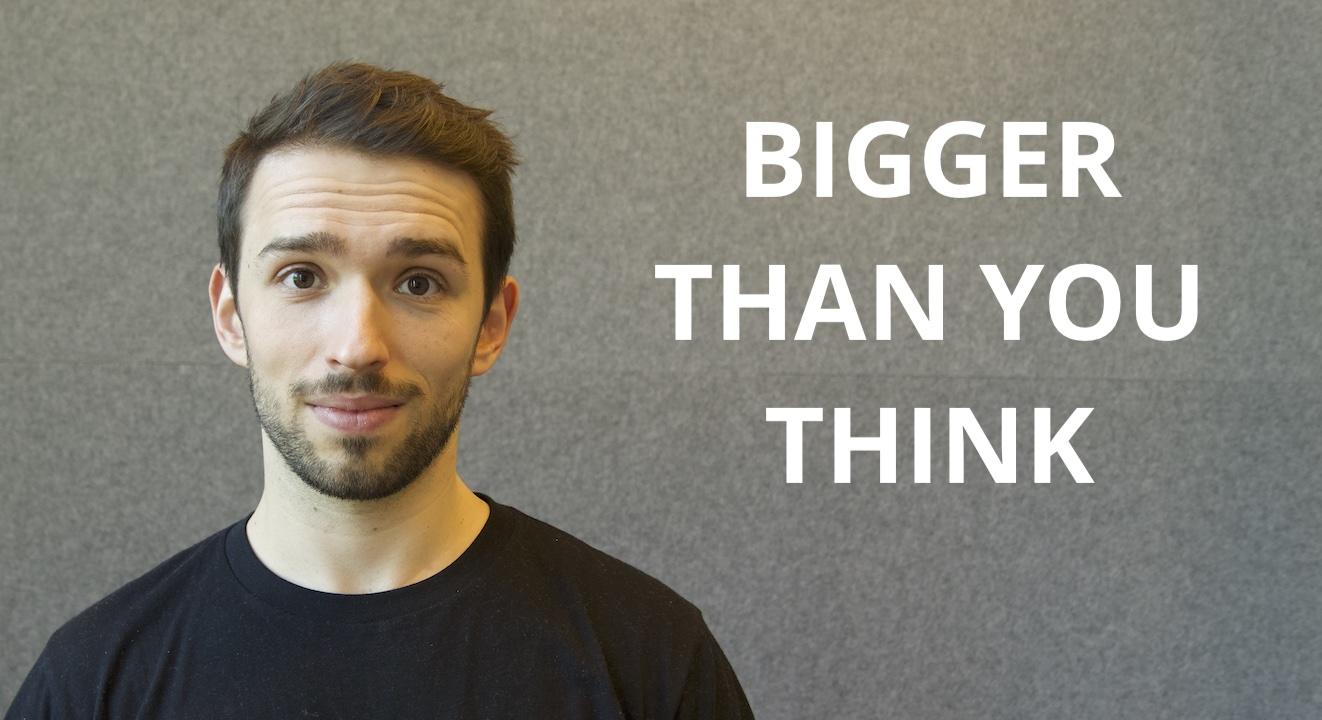Most people use the words learning and education interchangeably, and that's fine. But when we, who teach adults for a living, don't truly understand the difference, bad things happen.
LEARNING
Learning, as it occurs naturally, is an innate process that we share with all living creatures, and which takes place all the time. Most learning is task-driven, meaning we learn when we are trying to accomplish something and don't yet know how. Examples of tasks that recently challenged me to learn include:
- write a delightful article on the difference between learning and education
- analyze current open education initiatives at my university
- bake a cake for my colleagues (I failed terribly)
EDUCATION
Education, on the other hand, is a set of cultural practices (e.g., enrolment, lecturing, assessment) taking place in purpose-built environments (e.g., schools, universities) unique to the human species that emerged merely a few hundred years ago. If education is an invented construct, what is it invented for? If we are pragmatic about (higher) education, its goal is to help people get a career.
ARE YOU IN THE LEARNING OR EDUCATION BUSINESS?
If your organization’s mission is to facilitate learning, e.g., an L&D department, your job is in theory quite simple. The essence is to teach whatever an employee needs to learn to achieve a task at hand.

If you are an educational provider, e.g., a university, you are in a career preparation business and most likely do these three things: teach in-demand competencies, issue credentials, and facilitate networking.
As we can see, the descriptions of what learning facilitators and educational providers do are very different. They only share one word - teach - and the word itself is where the similarities also end. For one, students do not have a real task to solve and therefore no authentic learning need, whereas employees do. This means that in the world of workplace learning it is the employee who should be in the lead of what is taught, while in education it is OK that a teacher decides the curriculum.
So, what happens when an L&D professional mixes up learning and education? You may have been in that situation before: you received a three-hour theoretical training instead of a one-minute tutorial video. A generic full-day workshop instead of a carefully crafted checklist. In other words, when we mix up learning and education, learning needs do not get satisfied, and frustration follows.
It would be easy but unfair to blame the L&D professional. We have all been subject to an educational system for between one and two decades and it is therefore no surprise that when we are asked to teach for learning, we automatically deploy teaching strategies from school.
So how to teach for learning? That is a topic for a future post.
